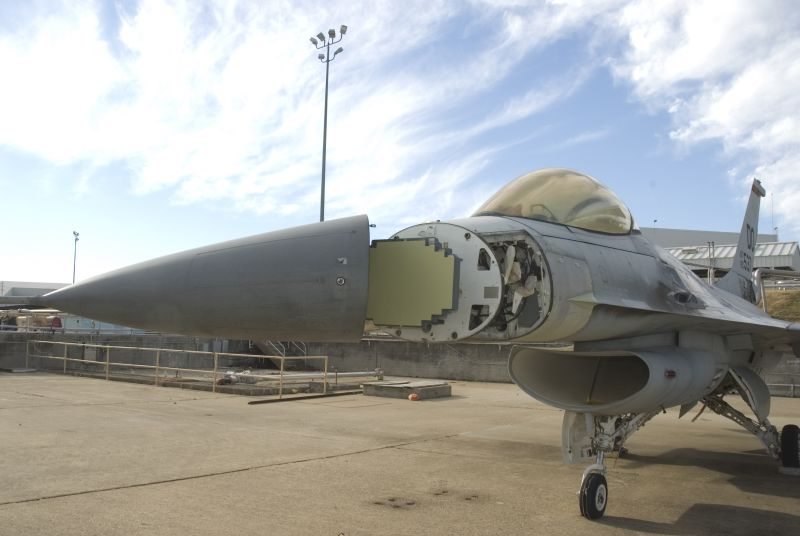Northrop Grumman Scalable Agile Beam Radar (SABR) will help bring advanced capabilities to existing global F-16 fleets, keeping them formidable beyond 2025, according to the head of the company’s Combat Avionics Systems business unit.
Northrop Grumman Vice President Jeff Leavitt provided a detailed SABR update to reporters in a briefing at the Singapore Air Show. This included the radar’s development progress, along with information about successful flight demonstrations and the upgraded capabilities SABR brings to the F-16.
Northrop Grumman was chosen by prime contractor Lockheed Martin as the radar provider for the U.S. Air Force and Taiwan F-16 radar modernization and upgrade programs, which aim to keep the F-16 viable in future threat environments and to improve system reliability, maintainability and affordability.
Since the SABR active electronically scanned array (AESA) radar was selected for the U.S. Air Force and Taiwan modernization and upgrade programs this past July, the system has completed three major development and design reviews. Several engineering and manufacturing development (EMD) systems are now in production, with the first to be delivered to Lockheed Martin before the end of 2014.
“We will deliver EMD units this year and the assets we deliver are anticipated to be identical to the production deliveries we will be making for Taiwan,” said Leavitt.
SABR features Big Synthetic Aperture Radar (Big SAR), which allows for broad area all-environment precision mapping and location, and improved situational awareness. Air-to-air and air-to-surface modes have substantially increased ranges and can be operated simultaneously, resulting in improved situational awareness and survivability.
“We are providing SABR with robust electronic protection, including proven software directly reused from the F-35’s AN/APG-81,” said Leavitt. “We have over seven decades of experience in RF systems. We have applied that deep understanding of EP to SABR, increasing survivability in dense RF environments against present and future threats.”










